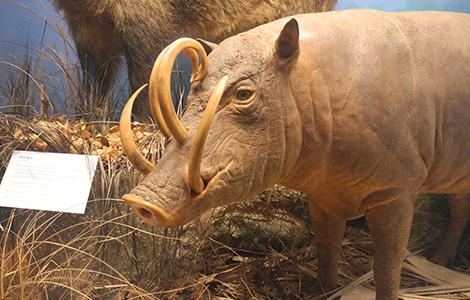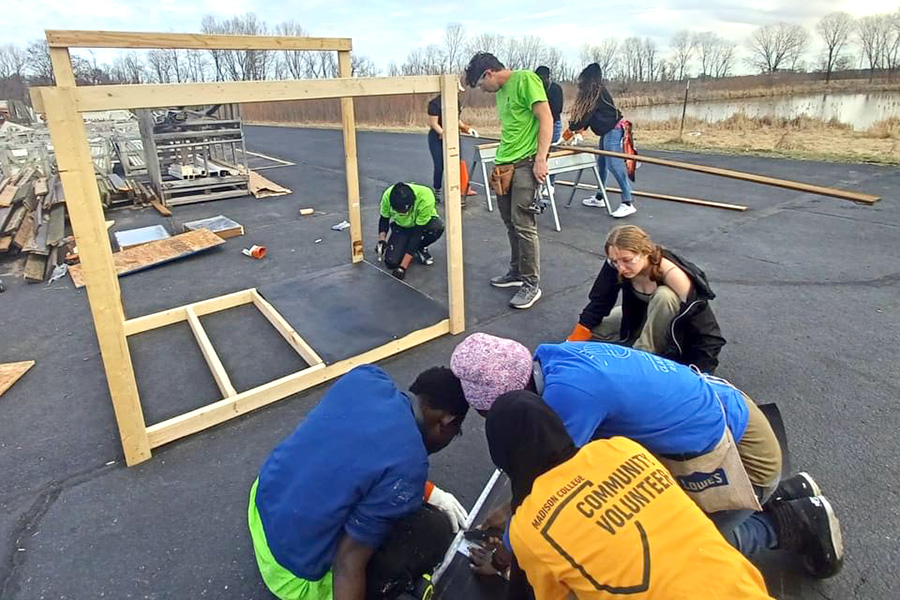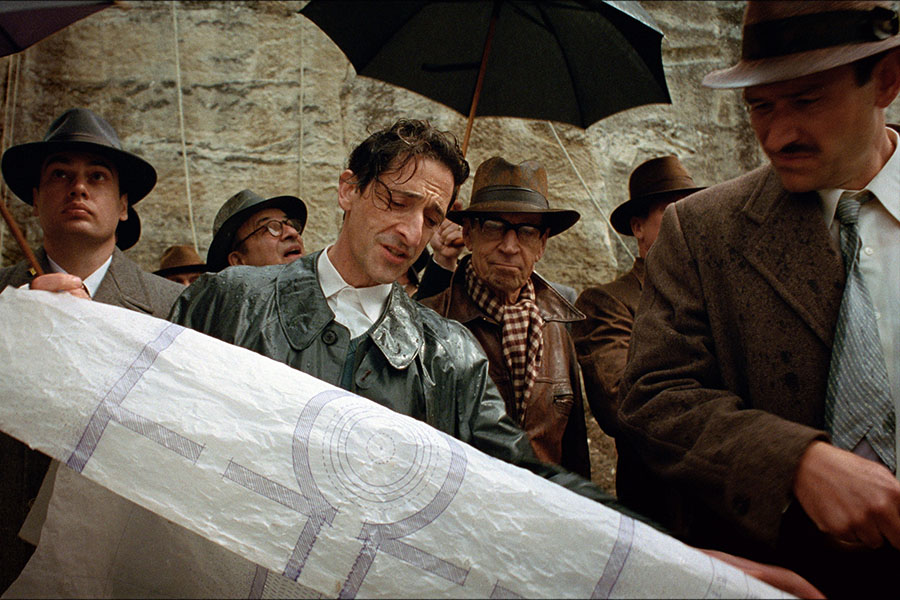Field Museum visit shows what is missing
Many animals can only be seen stuffed and mounted

Many extinct species of animals can be found in the Chicago Field Museum.
April 22, 2015
The Field Museum in Chicago contains exhibits that showcase the magnificence of Earth, and what we have decided to remember about this space rock we call home.
The Geology Club recently sponsored a field trip to the Windy City on a sunny Saturday in April. Earth Day is April 22 and I went to explore the museum and to learn a few things about our beautiful planet.
What if the only animals in zoos were the ones that were already extinct? Walking through the enormous exhibits at the Field Museum feels just like that. Explorers in the early 20th century retrieved thousands of animal specimens from all over the world to taxidermy for the planned expansion collection.
Now, those animals still roar, run, nurture and play; albeit frozen in a single pose for all their remaining existence. Entire halls dedicated to various groups of mammals, reptiles, birds, and other animals showed specimens that are largely extinct or endangered in the real world.
The visit was a huge lesson in conservation necessity. Descriptive plaques told museum patrons about the creatures, potentially revealing the reason for extinction, accompanied many of the stuffed beasts.
Some of the birds, primates, and fishes on display remain as the only specimen of the species, and it’s mostly our fault.
These striking facts had me thinking about my role in this world and how I personally participate in endangering species. Animals are displaced from their homes, and consequently die when human beings tear down forests, fill in lakes and dam up rivers. In addition to devastating the habitats in which native creatures live, those activities sometimes irrevocably change the landscape and ecological profile of the environment.
1. The Great Awk was a water bird, akin to a North American penguin. They were abundant in shores of the upper Atlantic, from Norway to Newfoundland. There were wiped out in the 1800s. Almost three feet tall, they tottered clumsily on land, easy targets for human hunters seeking their feathers and meat, but in the water those waterproof feathers made them excellent swimmers.
2. The shoebill eats young crocodiles in its home on the Nile River. Their large bills are capable of crunching through scales and bone. Habitat destruction has placed them into vulnerable conservation status.
3. Sloths make slurping noises that can be heard up to 200 yards away. The rainforests in which they live are constantly being wiped away for farmland and logging; they are now an endangered species.
4. Moose rely on baby trees that grow in the aftermath of natural forest fires. By pruning the trees, they supply themselves with a delicious food supply for years. Additional fires due to human activity, however, do not have the same benefits. According to the Arbor Day Foundation, humans start roughly four out of every five forest fires.
5. Bobwhites used to be plentiful in the grasslands of North America. A cute chubby birds sought shelter from predators in the vegetation. As the grass plains were stripped for farming the Bobwhite population sharply dipped, over 80 percent since the 1960s.






























